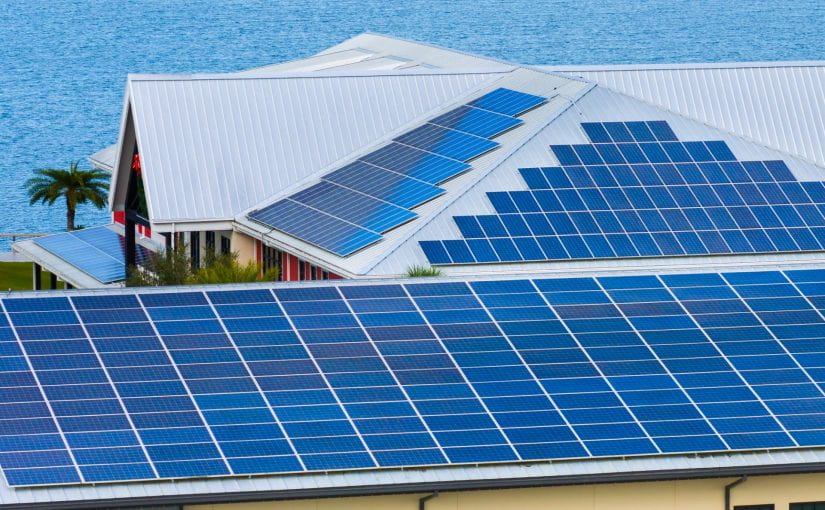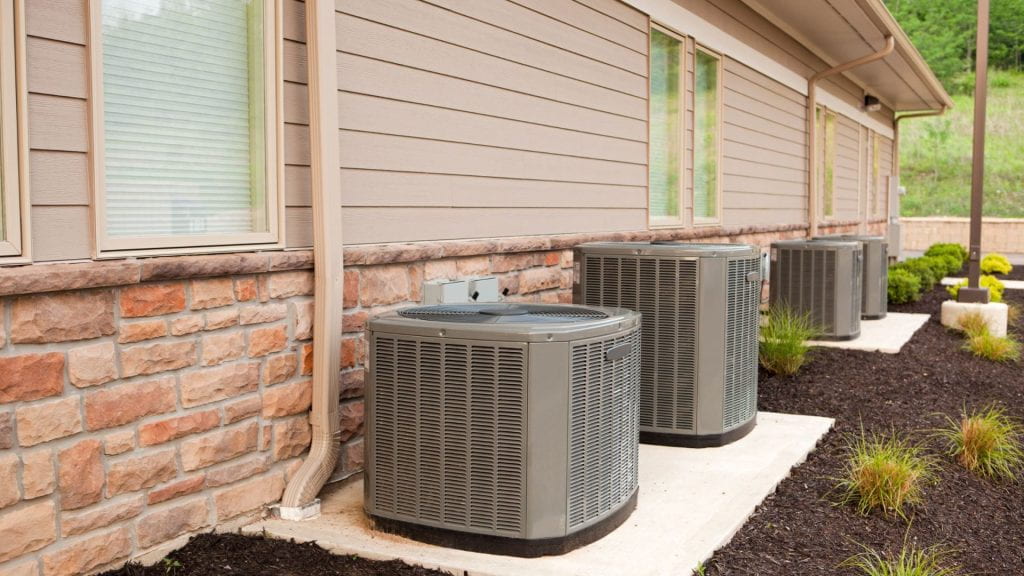The Tesla Solar Roof is a groundbreaking solution for homeowners looking to harness solar energy while maintaining a sleek, modern aesthetic. For American homeowners, especially those living in sunny states like Florida, California, and Arizona, peak summer months provide the ideal conditions for maximizing solar energy production. However, the price of a Tesla Solar Roof can vary depending on several factors during this time of year.
In this blog, we’ll explore the components that affect the Tesla Solar Roof price during peak summer months, discuss how it compares to other solutions, and explain why investing in this innovative system might be the right choice for your home.
Key Factors Affecting Tesla Solar Roof Price in Summer
1. Seasonal Demand
Summer is the busiest season for solar panel installations. As more homeowners take advantage of abundant sunshine to install solar systems, demand for Tesla Solar Roof installations surges. This heightened demand can influence labor costs and scheduling availability, potentially impacting the overall price. Planning ahead or booking your installation early in the season can help avoid potential cost spikes.
2. Roof Complexity and Size
The complexity of your roof plays a significant role in determining the Tesla Solar Roof price. Multi-faceted or steeply sloped roofs may require additional labor and customizations, increasing the overall cost. In peak summer, when installers are juggling multiple projects, the time and effort required for intricate installations might result in slightly higher quotes.
3. Regional Pricing Variations
Certain regions see increased installation costs during the summer due to local demand and labor shortages. States like Florida, with their long daylight hours and hot weather, see a significant rise in solar installations during the summer, which can lead to higher regional costs for Tesla Solar Roof systems.
4. Energy Consumption Trends
Many homeowners notice their electricity bills skyrocketing during the summer months due to increased air conditioning use. This awareness often prompts last-minute decisions to invest in solar solutions. If you’re planning your Tesla Solar Roof installation during the summer, keep in mind that quick turnarounds may come with premium pricing.
Why Summer Is Still a Great Time for Tesla Solar Roof Installation
Despite potential variations in price, summer remains an excellent time to install a Tesla Solar Roof. Here’s why:
Maximized Energy Savings
The intense sunlight during summer allows your Tesla Solar Roof to operate at peak efficiency, producing more electricity for your home. This means you’ll start seeing significant reductions in your energy bills right away, offsetting the initial cost over time.
Tax Incentives and Rebates
In many states, homeowners installing solar systems can benefit from federal tax credits and state-specific incentives. If you decide to install a Tesla Solar Roof during the summer, you can take advantage of these benefits to reduce your overall cost.
Integration with Tesla Powerwall
Pairing your Tesla Solar Roof with a Tesla Powerwall enhances energy savings by storing excess energy produced during the day for use at night. This feature is particularly beneficial during summer when energy consumption peaks. By combining the Tesla Solar Roof with a Powerwall, you can further reduce reliance on the grid and stabilize your energy expenses.
Comparing Tesla Solar Roof to Other Solutions
Many American homeowners face the dilemma of choosing between the Tesla Solar Roof and traditional solar panels. While traditional panels may offer a slightly lower upfront cost, the Tesla Solar Roof provides unmatched aesthetics, longevity, and seamless integration with your home’s design.
Moreover, Tesla Solar Roof tiles are durable and designed to withstand harsh weather conditions, making them an ideal choice for homes in areas prone to extreme summer heat, storms, or hurricanes.
Tips for Managing Tesla Solar Roof Costs
- Get an Early Quote
Request a Tesla Solar Roof estimate in advance of the summer rush. Coastal Energy, a top Tesla Certified Installer, can provide accurate quotes and help streamline the installation process. - Take Advantage of Financing Options
Tesla offers flexible financing plans that allow homeowners to pay for their solar roofs over time. These plans can make the Tesla Solar Roof price more manageable without compromising on quality or efficiency. - Bundle with a Tesla Powerwall
Combining a Tesla Solar Roof with a Powerwall not only enhances energy efficiency but may also qualify you for additional incentives, lowering your overall investment. - Choose a Reputable Installer
Work with an experienced installer like Coastal Energy to ensure a smooth and cost-effective installation process. Their team can assist with permitting, design, and utility approvals, ensuring your system is up and running as soon as possible.
Why the Tesla Solar Roof Is a Smart Investment
The Tesla Solar Roof isn’t just a cost—it’s an investment in your home’s future. During peak summer months, the benefits of energy independence and reduced utility bills become even more apparent. With the ability to generate clean, renewable energy, the Tesla Solar Roof helps you take control of your energy needs while reducing your carbon footprint.
By choosing the Tesla Solar Roof, you’re not only investing in advanced technology but also enhancing your property’s value and resilience against rising energy costs.
Conclusion
The Tesla Solar Roof price during peak summer months may vary based on demand, roof complexity, and regional factors, but the long-term benefits far outweigh the initial costs. By planning your installation with a trusted provider like Coastal Energy, you can optimize your savings and enjoy a seamless transition to renewable energy.
Also Read:








